Contact Us
Send Us A Message
Opening Hours
- Monday - Thursday: 9:00am - 5:00pm
- Friday: 9:00am - 4:00pm
Our Location

- 07 5580 3555
- info@advanceddentalcareclinic.com.au
-
Suite 4B, Cottonwood Plaza
5 Cottonwood Place, Oxenford
Gold Coast, QLD 4210
Why Choose Us
© Copyright 2024 Advanced Dental Care Clinic. All Rights Reserved. Website Design and Development by iOnline.


